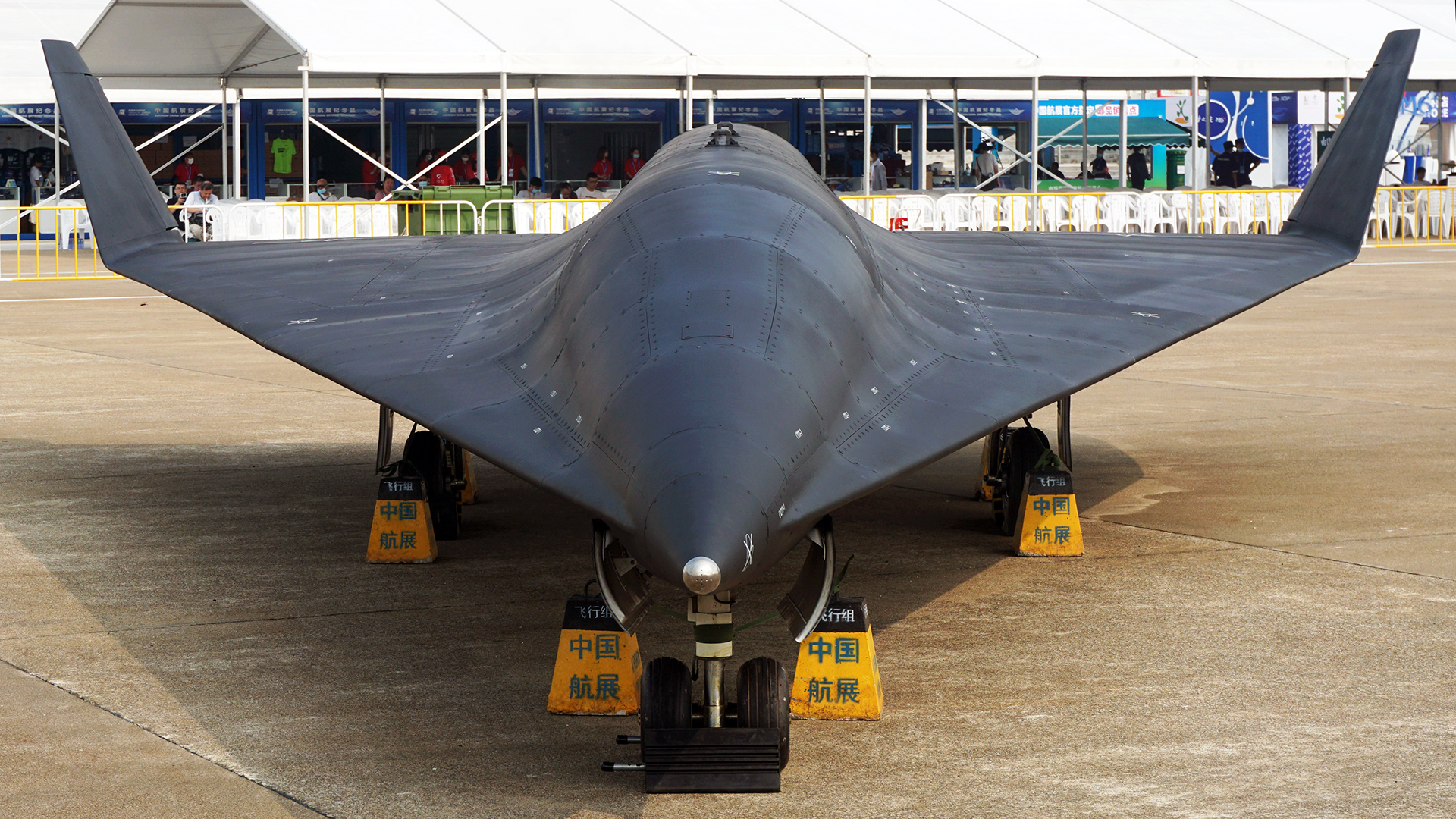The Air Force officer responsible for all aspects of contracting for the service has issued a stark warning about China’s rapid gains in defense acquisition, with the result that its military is now getting its hands on new equipment “five to six times” faster than the United States. This is the latest sobering evidence from a U.S. defense official suggesting that the Pentagon needs to urgently overhaul the way it goes about fielding new weapons, while China increasingly appears to be jockeying for the lead in the development of all kinds of high-end military technologies as part of its broader drive to become a preeminent strategic power.
As Deputy Assistant Secretary of the Air Force for Acquisition, it’s Maj. Gen. Cameron Holt’s job to oversee all aspects of contracting for the service, from buying new weapon systems to logistics and operational support. Holt’s remarks about China’s pace of change were made during the recent Government Contracting Pricing Summit and before he steps down from his current post.

As well as the sheer speed with which Beijing is able to acquire new weapons, Holt contends, the Chinese are also operating far more efficiently. “In purchasing power parity, they spend about one dollar to our 20 dollars to get to the same capability,” he told his audience. “We are going to lose if we can’t figure out how to drop the cost and increase the speed in our defense supply chains,” Holt added.
For Holt, the big issue behind America’s inability to match China in this field is the way it goes about actually buying what its military needs in terms of defense equipment, logistics, and support. While the budgetary framework that actually funds these purchases may be unwieldy (“slow and stodgy” in his words), the greater problem, Holt contends, is the resourcing system.

“If we don’t change our resourcing system, none of the rest of it matters,” Holt said. In fact, the budgeting process could remain the same as it is today, he argued, “If you just change the execution year flexibilities and modernize Congress’s oversight of it to be more patient.”
The current model, however, has delays more or less built into it from the start, with a painfully slow process of getting budgets signed off for each phase of a program, from writing up a formal requirement all the way to sustainment and lifecycle costs. This means that, at any stage in a given program, those that control the budgets can intervene and potentially entirely change its direction — and speed — based on how they think funds should be allocated. So even if a weapons program, for example, makes rapid progress in its early stages, funding decisions further down the line can actually stop it from reaching the troops as quickly as it could.
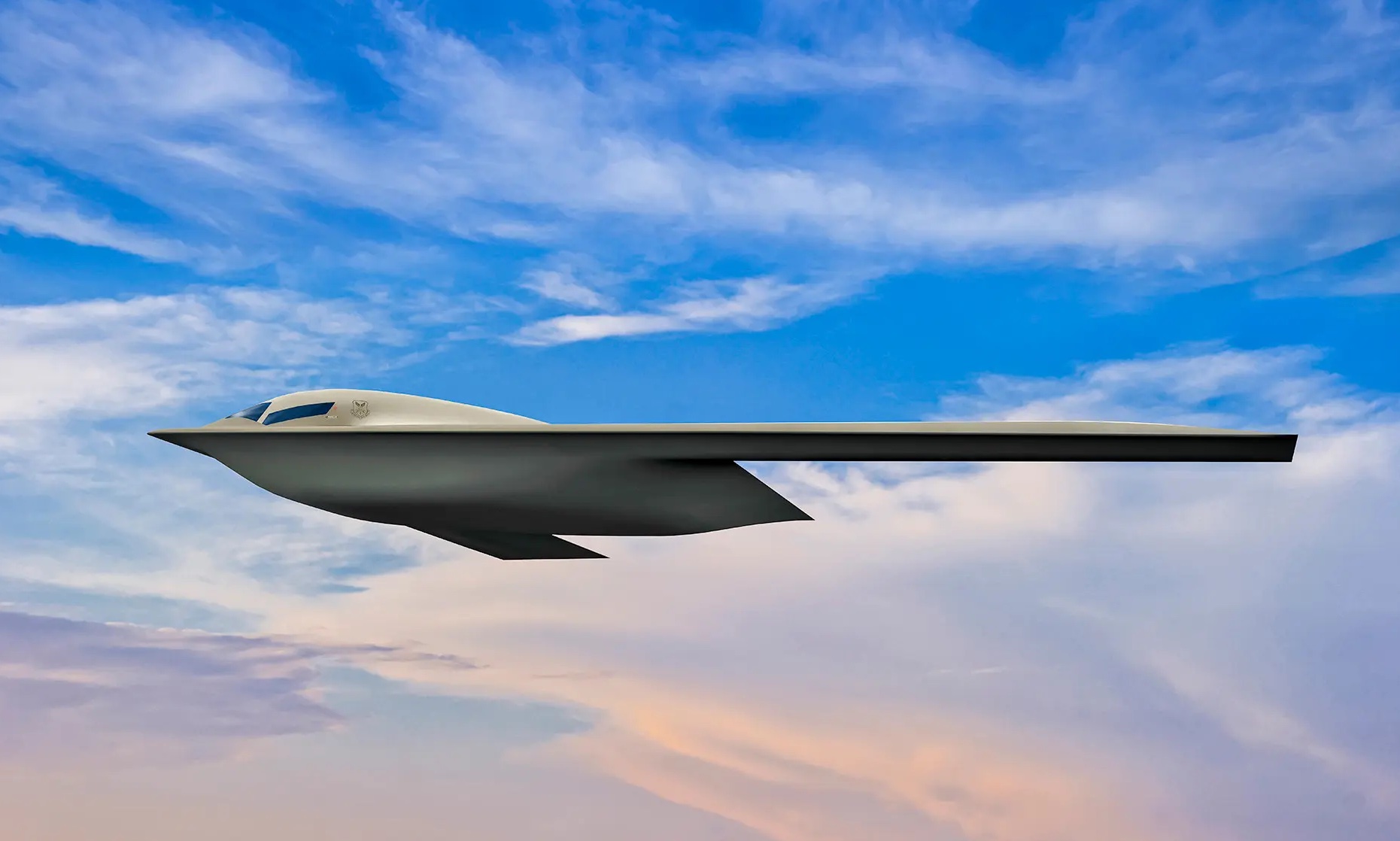
And even if Congress is happy to allocate a certain amount of funding to a new program, the Pentagon retains the ability to move funds around, possibly hindering the potential of promising new developments in favor of continuing to throw money at legacy programs.
Instead, Holt advocates what he described as the “cash flow” model, which includes provision for some Pentagon movement of funds, but which seeks to ensure Congress retains more oversight over this process and has the option to intervene in a more timely manner.
Ultimately, Holt argues, the U.S. defense acquisition process will continue to fail to move as quickly and responsively as it needs to as long as there is no reform. After all, he contends, the current system dates from the Cold War security environment, and a very different set of threats and challenges.
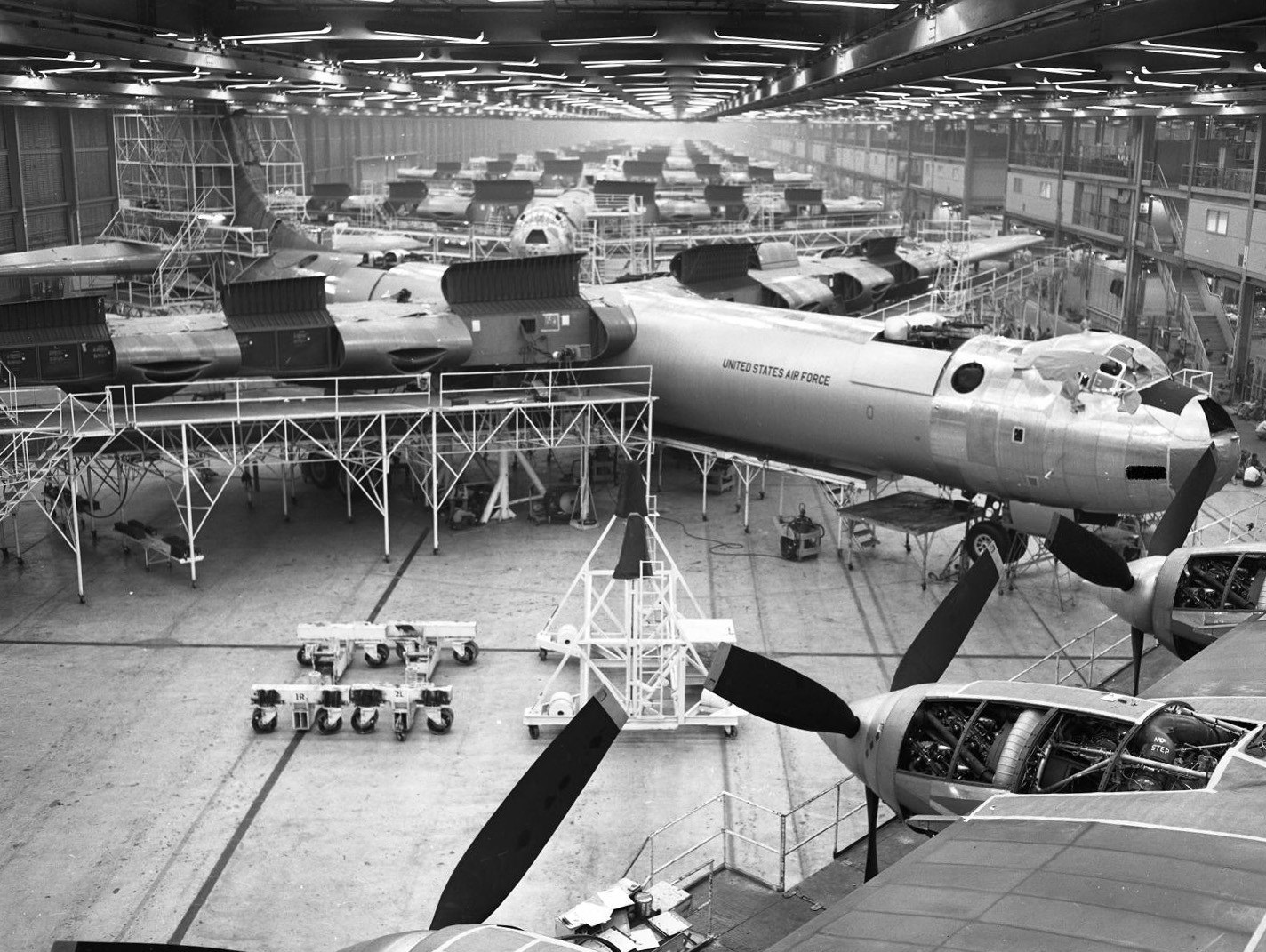
“We also have gotten a very centrally and micromanaged system of appropriations that have served the Cold War well,” Holt said. “In this environment today, it is absolutely going to kill us. We cannot have a system where the appropriations — where it’s in statute that the name of the program is on that money, and the phase within the program is on the statute, so it’s illegal for a program executive officer inside of execution year to look at that and say — ‘No, there’s a better way to allocate those resources.’”
Ultimately, the current defense acquisition architecture was set up to field technologies and capabilities that are identified four years in advance. That means they are of limited or degraded use in today’s fast-moving world, where new technologies rapidly appear and eclipse older ones. This is a reality that China has been able to embrace, but one that the U.S. system has so far failed to adapt to.

Holt is by no means the first to have looked at the Chinese way of managing the introduction of cutting-edge technologies and drawn an unfavorable comparison with how things are done in the United States (and, it could be argued, in the West more generally).
There is a growing willingness to talk about the particular challenges presented by China’s technological prowess and the lengths its willing to go to harness this to help drive rapid military change.
Back in 2019, the then head of Strategic Command, Gen. John Hyten, used the Air Force Association convention as the opportunity to alert America to the fact its defense-industrial complex had lost the ability to “go fast.” You can read our reporting at the time here, while Hyten’s remarks on the topic begin at 25:48 in the following video:

“We have adversaries now, and we see proof in those adversaries that they’re going faster than we are,” Hyten said. “Slow, expensive, that’s the way it is … I’m criticizing the entire process … the entire process is broken … We have to go faster, and we’re not, and it is frustrating the heck out of me. Look at the threat, if we’re not going faster than the threat than it’s wrong.”
Hyten also pointed to an example of when a U.S. defense procurement program goes right. This was the Cold War-era Minuteman I ICBM program, which not only met or exceeded all its expectations and objectives but did it in just five years at a cost of less than $20 billion in today’s dollars.
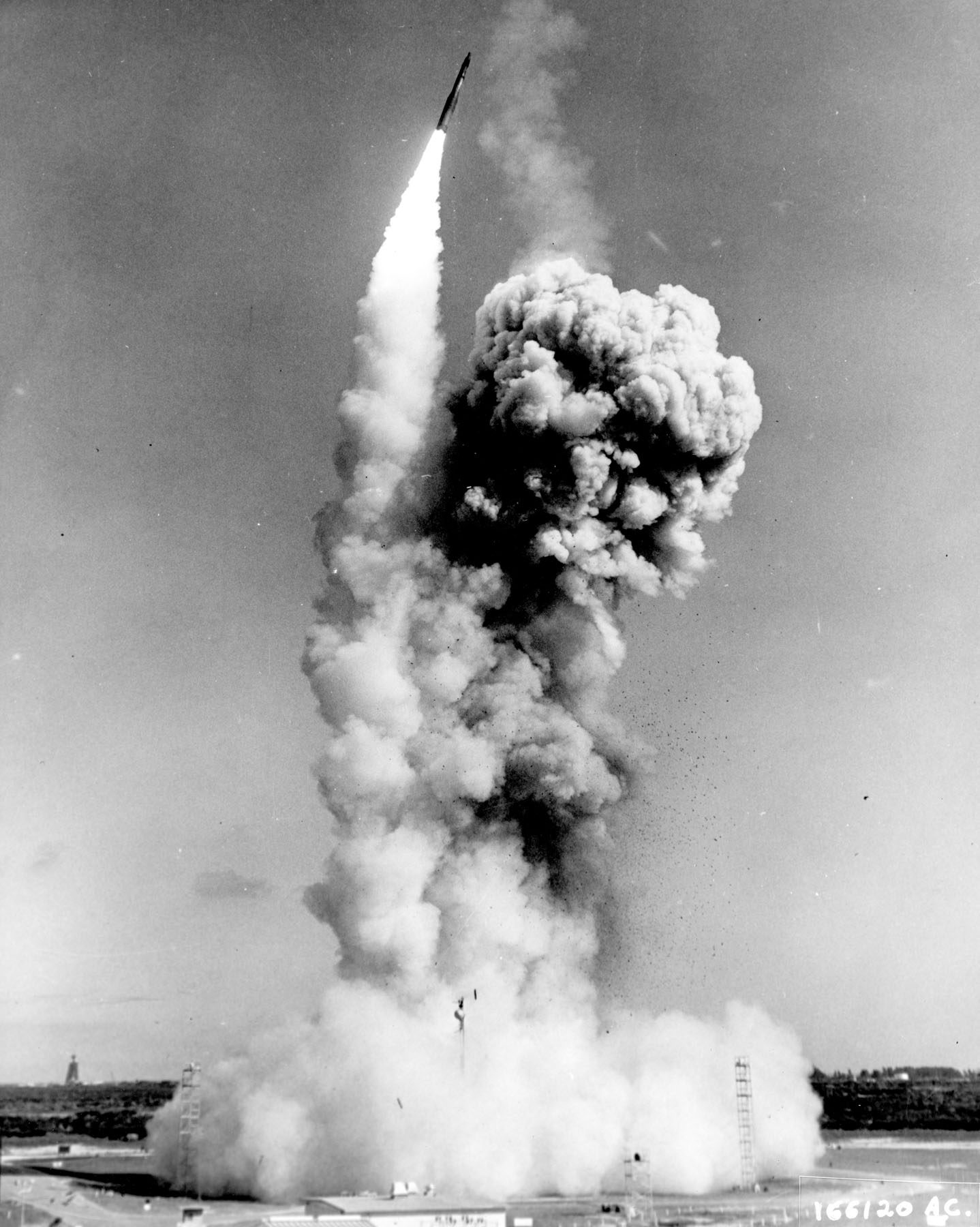
And, as a counterpoint, at the time, The War Zone highlighted what things look like when they go very wrong with the example of the KC-46 aerial refueling tanker. Despite nearly three years having passed since that article, the tanker is still struggling and is years away from meeting its promised capability goals — if everything goes right.
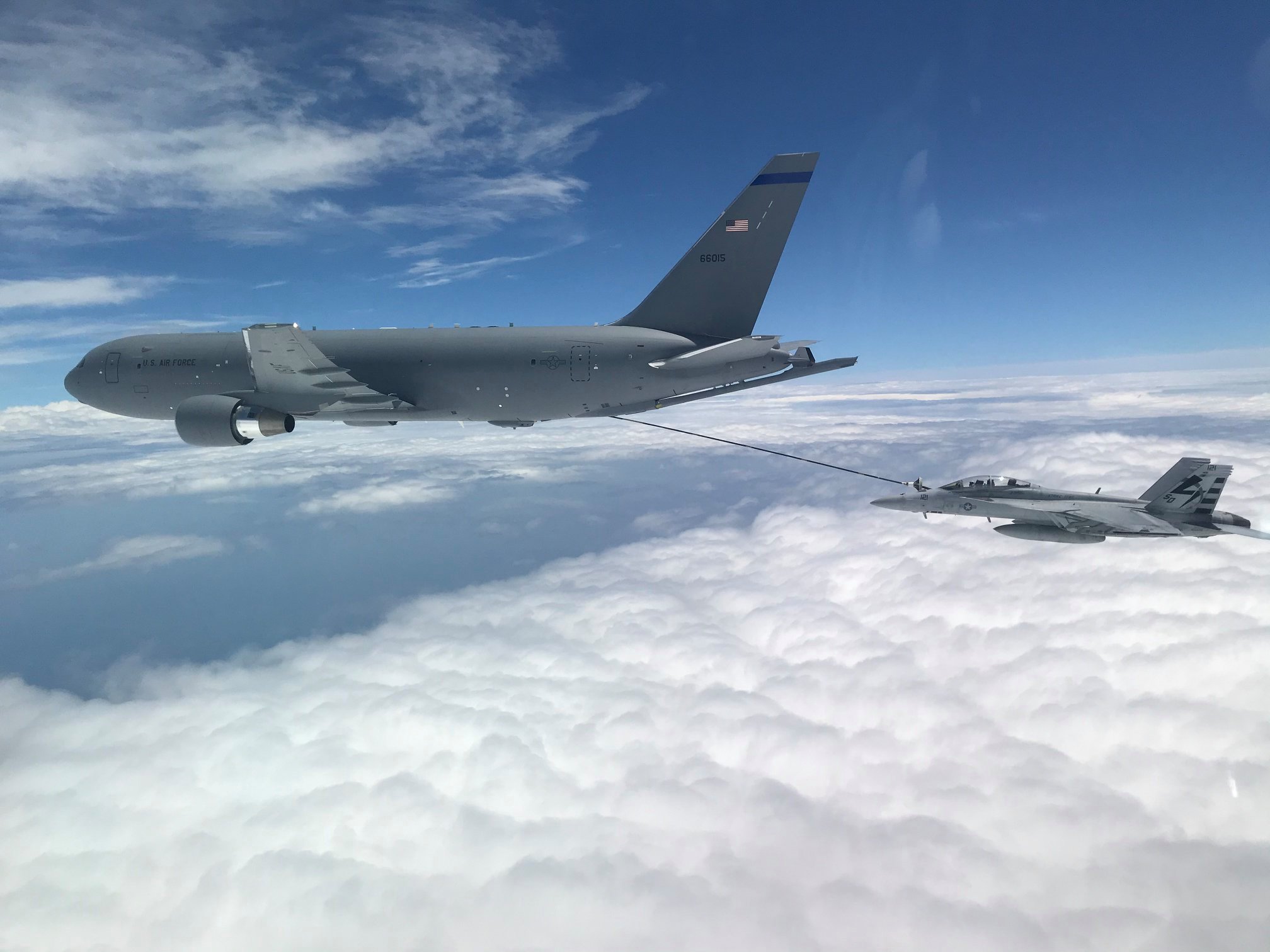
Since then, there have been Pentagon initiatives that have aimed to tackle these underlying problems in the acquisition system.
Perhaps the most high-profile example was the raft of cutting-edge programs and disruptive concepts introduced by Dr. William Roper, who served as the Assistant Secretary of the Air Force for Acquisition, Technology, and Logistics beginning in 2018. But Roper left that position surprisingly last year, for reasons that are not entirely clear.
However, the man who Roper had employed as the first Air Force Chief Software Officer, Nicolas Chaillan, provided the Financial Times with a very candid interview when he, in turn, departed. Again, Chaillan hit out at the Pentagon’s failure to keep pace with its rival China.
Among the various complaints leveled at the U.S. military’s approach to modernization, Chaillan highlighted what he sees as a lost battle between the United States and China in the field of cyber capabilities, machine learning, and artificial intelligence, or AI.

“We have no competing fighting chance against China in 15 to 20 years,” Chaillan told the FT. “Right now, it’s already a done deal; it is already over in my opinion.” He also called upon the United States to become “smarter, more efficient, and forward-leaning through agility, rapid prototyping and innovation.”
The frustration of these officials is telling. So too is the fact that some of them, at least, seem willing only to talk frankly about Pentagon failings as they prepare to depart their military jobs.
Ultimately, however, they raise the same issues repeatedly. China, right now, has shown itself to be taking a lead in a number of emerging technologies, while the United States has frequently been mired in highly expensive, slow-moving programs like the stealthy F-35 Joint Strike Fighter. At the same time, the United States still has a far bigger defense budget than China, although the latter continues to grow.
All of this becomes more worrisome when seen alongside repeated concerns that the ongoing rivalry between the United States and China could ultimately lead to some kind of military confrontation. Clearly, this reality has been proving highly influential on U.S. military planning and posture. Arguably, however, the issue of potential conflicts between these two powers could ultimately be rendered a sideshow. After all, the speed with which China is able to introduce new military technologies is only likely to increase and points to the growing dominance that Beijing hopes to assert across geopolitics, reflecting ambitions far larger than the military procurement process.
Author’s Note: A major hat-tip to the Acquisition Talk blog that first alerted us to this video.
Contact the author: thomas@thedrive.com
